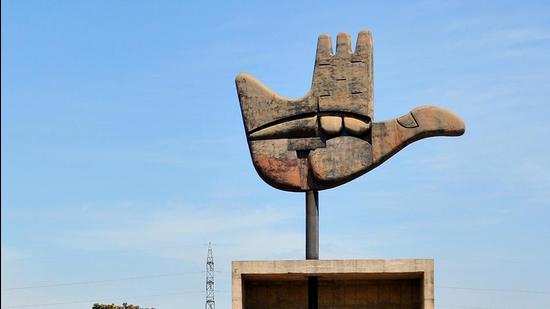Explainer: How a mayor will be elected in hung Chandigarh MC House
In a three-cornered race, which is the case now, Section 38 of the Punjab MC Act 1976 as extended to Chandigarh, detailing the procedure on how the mayor will be elected
Elections for the post of mayor are held every year in the five-year term of a municipal corporation House. In the first and fourth year, the post is reserved for a woman councillor.

Secret ballot is employed for voting.
A simple majority of the present and voting is required by the winning candidate.

In a three-cornered race, which is the case now, Section 38 of the Punjab MC Act 1976 as extended to Chandigarh, detailing the procedure of mayoral election, states, “If there are more than two candidates, and at the first ballot no candidate obtains more votes than the aggregate votes obtained by the other candidates, the candidate who has obtained the smallest number of votes shall be excluded from the election.”
It will be followed by another round of voting in the House for the remaining candidates. The candidates obtaining the smallest number of votes at each ballot being excluded from the election, until one candidate obtains more votes than the remaining candidate or than the aggregate votes of the remaining candidates as the case may be,” states the Act.
In case of a tie, draw of lots will decide the winner.
In the present MC House, in case of full attendance - 36 (35 councillor plus one MP vote), a winning candidate would require 19 votes.
AAP requires additional 5 votes to its tally of 14, BJP with 12 seats (plus 1 MP vote) needs 6 and Congress 11.





